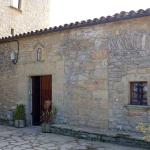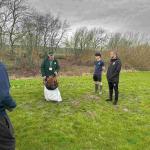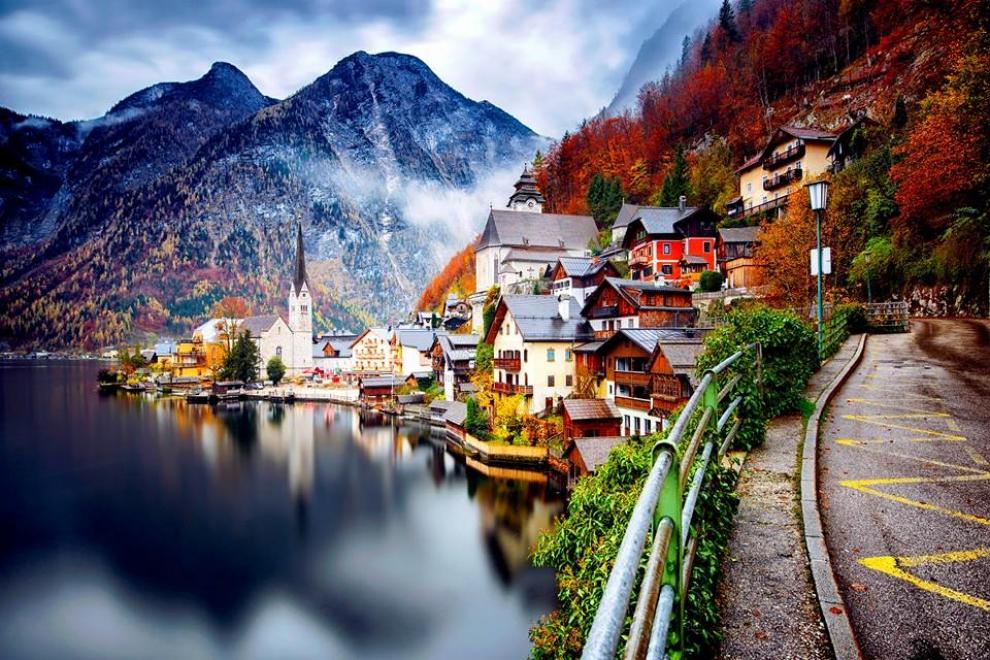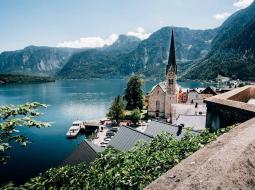Thessaloniki gets ready for its metro launch in November
The underground rapid transit lines have been under construction for almost two decades due to various project delays
 TheMayor.EU logo
TheMayor.EU logo 
The underground rapid transit lines have been under construction for almost two decades due to various project delays

The cross pinnacle on the Tower of Jesus Christ will be ready to receive visitors in 2026 on the centennial of Gaudi’s death

Now you can get your wine in Talence by paying directly in Bitcoin

That’s because the state has to spend money on updating the railway infrastructure rather than subsidizing the cost of the popular pass

Steffen Romstöck said that he would respect the residents’ choice and would take over the helm of the municipality, even if he didn’t run

The measure, which will come into force from 1 January 2025, will be partial and temporary…for now

Rethinking renewable energy sources for the urban landscape

But operating them is still illegal under the country’s legislation

The examples, compiled by Beyond Fossil Fuels, can inform and inspire communities and entrepreneurs that still feel trepidation at the prospect of energy transition

Now you can get your wine in Talence by paying directly in Bitcoin

Rethinking renewable energy sources for the urban landscape

The examples, compiled by Beyond Fossil Fuels, can inform and inspire communities and entrepreneurs that still feel trepidation at the prospect of energy transition

The underground rapid transit lines have been under construction for almost two decades due to various project delays

Plus, it has a unique modular design that allows it to be shortened and lengthened like a train

At least, that’s the promise made by the mayor of Paris, Anne Hidalgo

Despite its church-y name, the district has long been known as the hangout spot for the artsy crowds

At least, that’s the promise made by the mayor of Paris, Anne Hidalgo

Hostal de Pinós is located in the geographical centre of the autonomous region

On the eve of the new academic year, the ranking considers several distinct but essential factors


Following a successful trial phase, these quiet areas will now be available on all main routes in the country

The academic institution shows a deeper understanding of the well-being of its students











Hallstatt is a small lakeside village with a great history. The region was very wealthy since the earliest of times because of the salt, which had the value of gold for ancient dwellers. As home to the Hallstatt culture (Late Bronze Age - Early Iron Age), the village was put on UNESCO's World Heritage list. The world`s first known salt mine has been found here, alongside a large necropolis with many fine artefacts. The Salzwelten mine is situated above the village centre and is open to tourist visits.
Hallstatt is a small village in the district of Gmunden, part of the state of Upper Austria. Nestled between the southwestern shore of Hallstatter See (Lake Hallstatt) and the steep slopes of the Dachstein Mountains, the village lies in the Salzkammergut region on the national road linking Salzburg and Graz.
Hallstatt produces salt, dating back to prehistoric times. Salt mining has largely fueled the Hallstatt economy for many years, but today tourism is a huge component to the thriving town.

The village of Hallstatt is listed as a UNESCO World Heritage site. Here one can find the world's older salt mine with a subterranean lake. There is also a fantastic ice cave and the great Mammut cave.
Visitors can take a short walk from the market square and one of the most photographed points in the world. The delightful houses built into the mountain, the glass-like lake, and the amazing mountains in the background are a real must-visit attractions.
Address: Marktgemeindeamt A-4830 Hallstatt, Seestraße 158